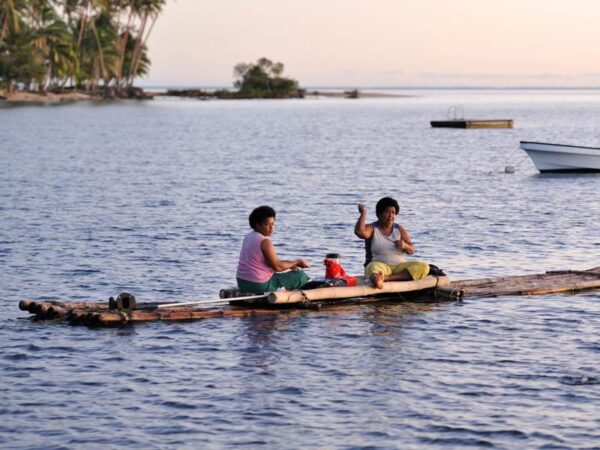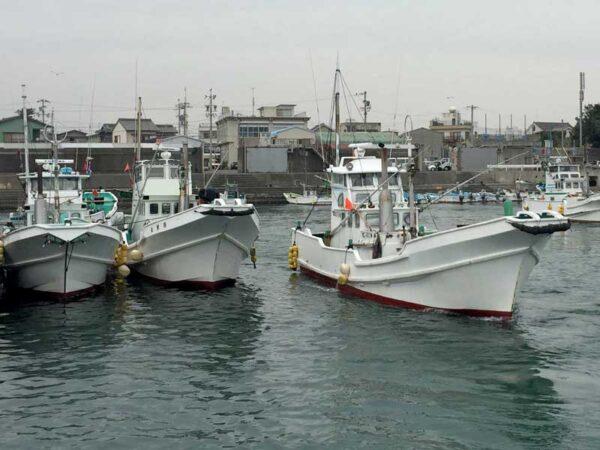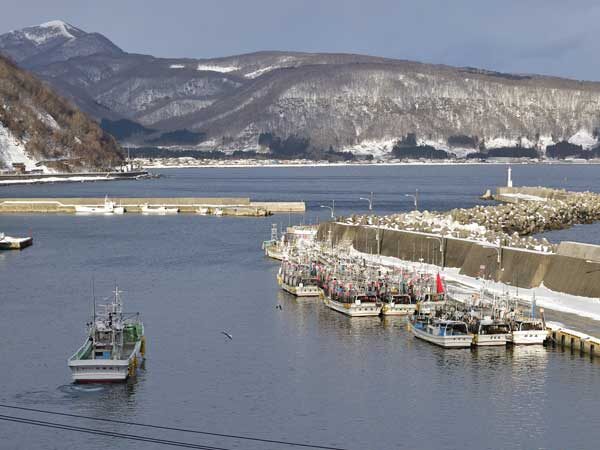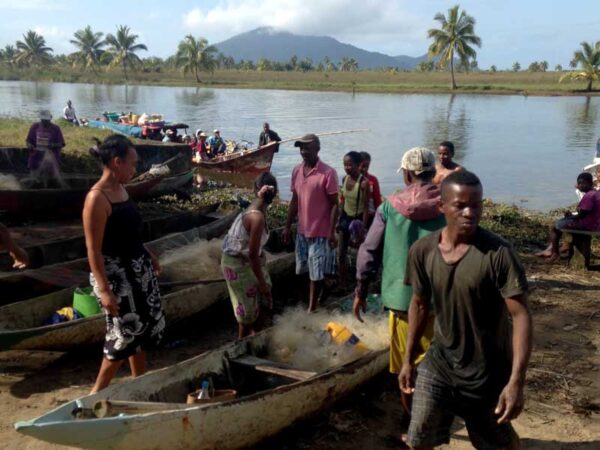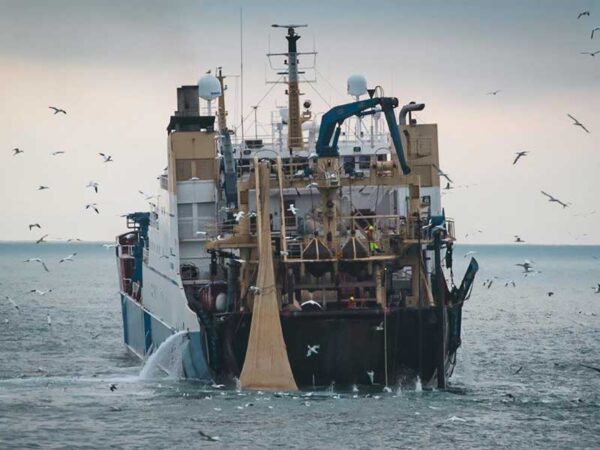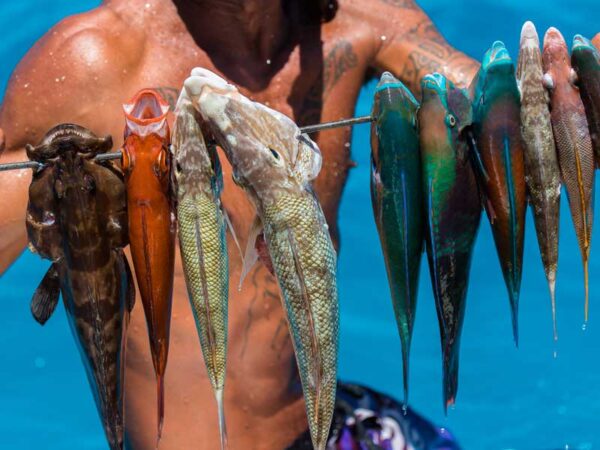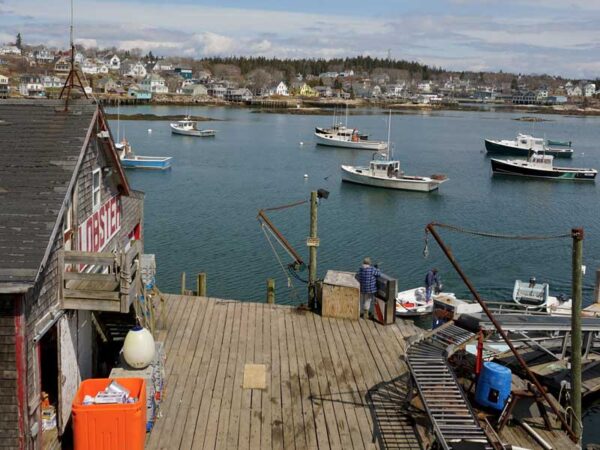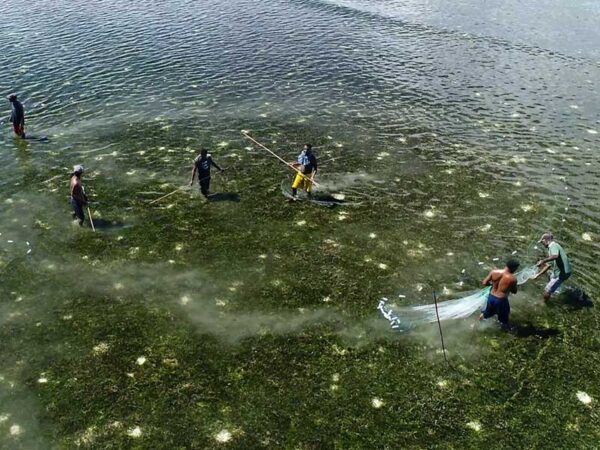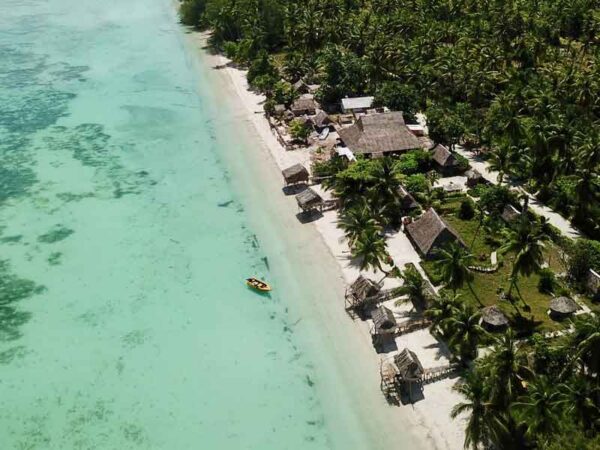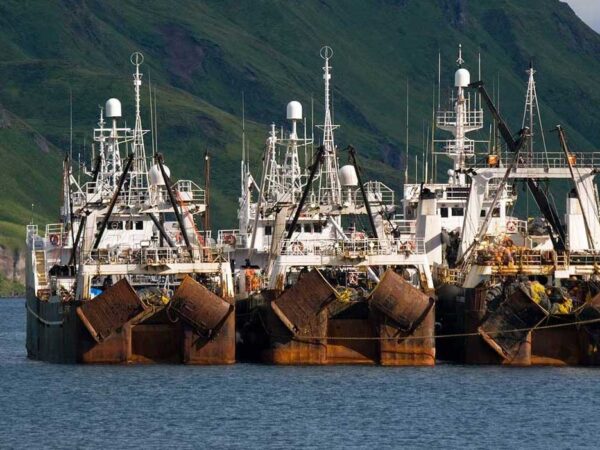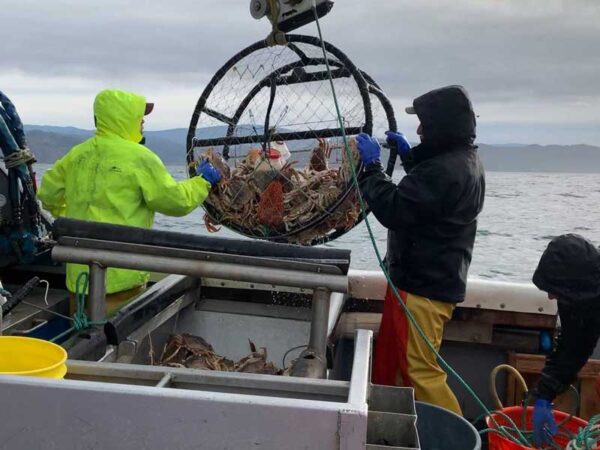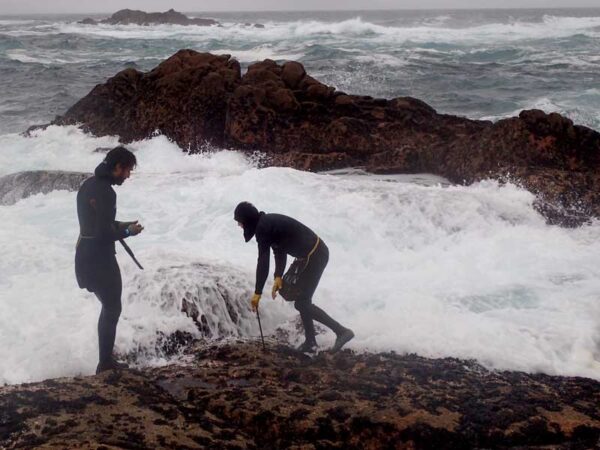
United States Bering Sea Groundfish Fisheries
United States West Coast Pacific Sardine Fishery
U.S. Atlantic and Gulf Migratory Pelagics
California Dungeness Crab Fishery (United States)
Galicia Stalked Barnacle Fishery (Spain)
Tasmania Rock Lobster Fishery (Australia)
Hokkaido Set-net Fishery (Japan)
Mie Spiny Lobster Fishery (Japan)
Iceland Groundfish Fisheries
Juan Fernandez Islands Demersal Fisheries (Chile)
Kiribati Giant Clam Fishery
Madang Reef Fish Fishery (Papua New Guinea)
Fiji Nearshore Fisheries
Maine American Lobster Fishery (United States)
Moorea Reef Fish Fishery
Northeast Atlantic Small Pelagic Fishery
Senegal Small Pelagics Fishery
Case Studies
The case studies featured on this page offer examples of how ecological, socio-economic, and governance attributes may support or constrain the resilience of marine fisheries to climate change. Case studies were identified and developed by individual members of the SNAPP Climate-Resilient Fisheries working group, sometimes in collaboration with other working group members or with colleagues outside the working group, based on their expertise (Eurich, Friedman, Kleisner, Zhao, et al. 2024).
Case study authors gathered and analyzed information on:
- the scope and scale of the fishery system;
- the context in which the fishery operates, such as biogeography, social-political conditions, management system(s), and climate stressors;
- existing climate-resilience actions in the fishery and their history;
- opportunities to expand climate resilience within the fishery; and
- the score, importance, and data quality of the original 38 fishery climate resilience attributes identified by Mason, Eurich, Lau, et al. (2022)
The case studies encompass diverse geographies, target species, fishery scales, and management contexts. They span three ocean basins and extend from the tropics to the poles. They include single-species and multispecies fisheries targeting marine fish and invertebrates. Represented in the case studies are large- and small-scale fisheries operating in socio-ecological systems with varying data availability and management capacity. The case studies also considered the historical and projected impacts of climate change, including ocean warming, marine heatwaves, changing currents or upwelling, ocean acidification, increased frequency and/or intensity of storms, sea level rise and more.
Continent
Fishery Scale
Fishery Location
Primary Productivity Contributors
Main Climate Impacts

